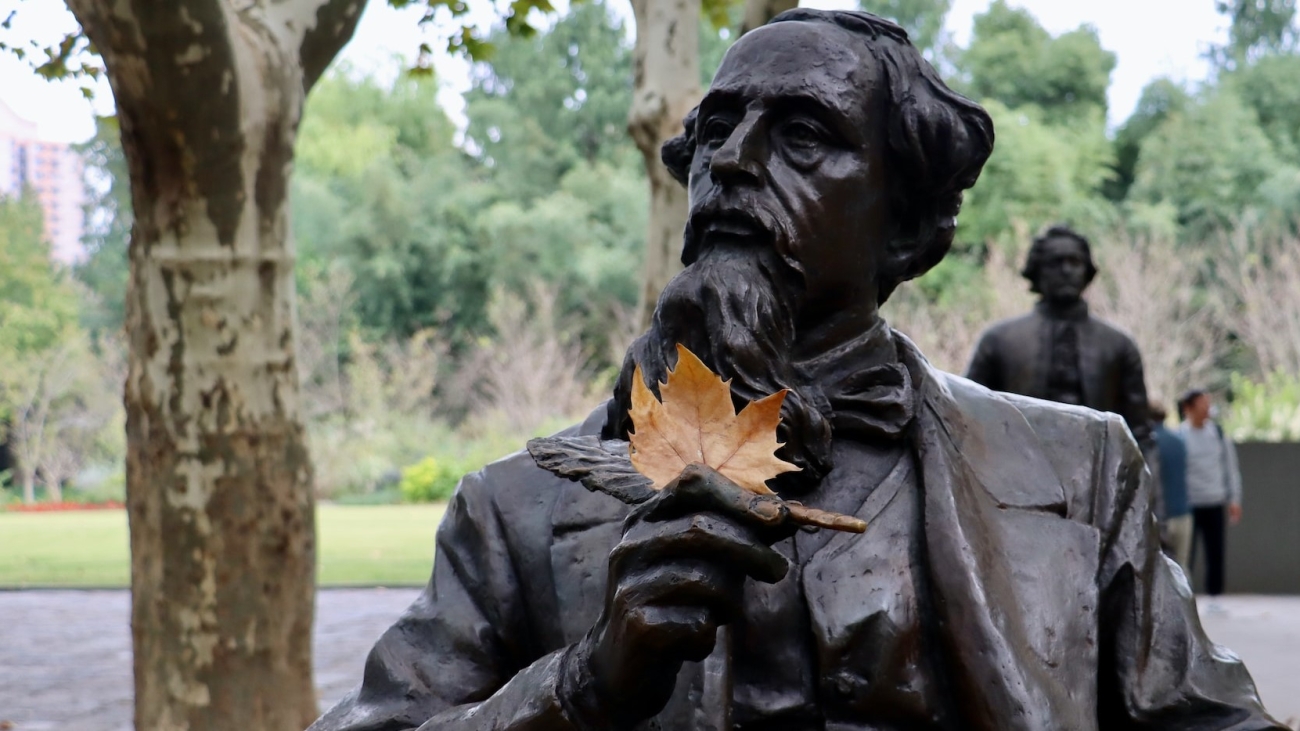Christian Haupt was always obsessed with baseball. Since he was a toddler he practiced constantly. Later he said he was a famous player in a previous life.
Third Man Syndrome: Self-soothing
Third Man Syndrome is where you feel a presence, such as a spirit, that provides comfort or support during an extreme situation. It’s self-healing and soothing.
Dickens Technique: Visualising Choice
The Dickens technique is a way of visualising different choices. It’s useful when facing an important decision or as an intervention to force change.
The Principles of Spiritualism
The Spiritualists’ National Union, says spiritualism is based upon seven principles. These Principles a framework of ideas and ethics to base your life upon.
National Time to Talk Day: Mental Health
National Time to Talk day is all about encouraging us to talk more about our mental health and to be aware of the mental health of others.






